Hi I was just wondering is it possible to create a generic class confirming to ObservableObject protocol which can be used by more then one ContentViews.
If i can do that then I will be able make my ContentView and Model class completely generic and reusable.
An example of what i would like to achieve:
protocol ContentViewModelType: ObservableObject {
var propertyToInitialiseView: [String] { get }
}
struct ContentView: View {
@ObservedObject var viewModel: some ViewModel
var body: some View {
Text("Hello World")
}
}
If I can do that any class can implement ContentViewModelType and become a model for ContentView which makes it generic and reusable. For example
class ViewModel: ObservableObject {
var objectWillChange = PassthroughSubject<ViewModel, Never>()
}
But when i try to initialise ContentView that xcode gives me a type error.
I thought the whole point of introducing some keyword was so that we can use protocol as type for those protocols that have associated type as a requirement and hence this should work. But it gives an error.
If anyone has any references or knowledge about this problem that they could share or possibly a solution for this it would be great.
Thanks in advance.
